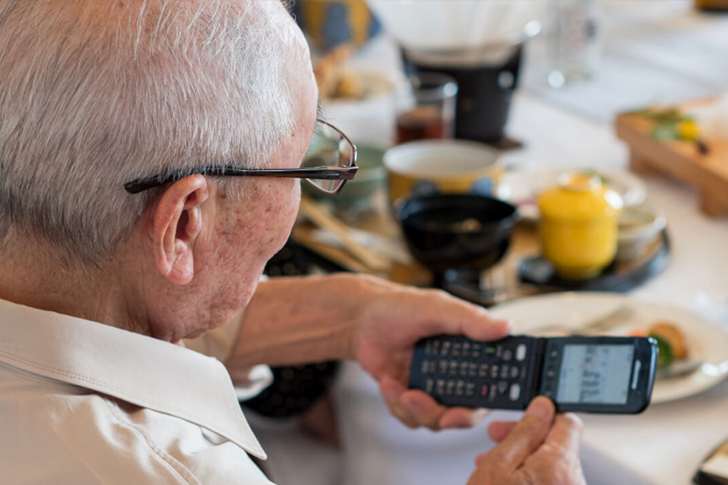Guide to Selecting an Affordable Phone for Older Adults
With the rapid advancement of technology, smartphones have become a fundamental part of everyone’s life, including older adults. However, the vast array of choices, complicated tech specifications, and high prices can make purchasing a suitable phone a bewildering experience for many seniors. A phone for elderly users should not only be affordable but must also cater to their specific needs such as ease of use, clear display, and basic functionalities. This guide aims to help with selecting an affordable phone that addresses the real needs of older adults.

Understanding the Needs of Older Adults
Before diving into the specific models or brands, it is crucial to understand what older adults generally look for in a phone. Research indicates that simplicity, readability, battery life, and durability top the list of requirements. Seniors often prefer phones with larger fonts, straightforward menus, and buttons that are easy to navigate. Moreover, as reported by the Pew Research Center, while seniors are increasingly using smartphones, many still feel hesitant about using advanced features, pointing to the necessity for simplicity and ease of use in their devices.
Types of Phones Suitable for Older Adults
Phones suitable for seniors can be broadly categorized into smartphones and feature phones. Feature phones are traditional cell phones without the advanced functionalities of smartphones. They generally offer a physical keypad, and a simple interface, and are less expensive – a practical choice for seniors who primarily need a device for calls and texts. On the other hand, smartphones provide more features, such as internet connectivity, apps, and touchscreens, which can be beneficial for seniors looking to stay connected with family and social media.
Key Features to Look For
When choosing a phone for an older adult, consider these essential features:
- Large, clear display: A screen size of at least 4.5 inches with high contrast and adjustable font sizes helps in better readability.
- Simple user interface: The phone should have a straightforward and intuitive UI with a well-organized menu. Custom interfaces designed for seniors can be particularly useful.
- Physical or responsive buttons: For those with compromised dexterity or touch sensitivity, physical buttons or a responsive touchscreen are necessary.
- Good battery life: Phones with a longer battery life are advantageous as they require less frequent charging.
- Durability: A sturdy build or availability of a rugged case is beneficial in protecting the phone from drops.
- Emergency features: Some phones come with emergency call buttons or health-related apps, which can be a lifesaver in critical situations.
Additionally, hearing aid compatibility (HAC) and loud, clear speakers are important for those with hearing impairments.
Recommended Affordable Phones for Older Adults
For feature phones, models like the Jitterbug Flip2 have been widely appreciated. Retailing around $100, the Jitterbug Flip2 offers large buttons, a bright screen, and an exclusive 5Star Urgent Response button which directly connects to emergency services when pressed. For those favoring smartphones, models like the Moto G Power (2021) provide a balance between functionality and simplicity. Priced around $200, it features a responsive 6.6-inch display, a user-friendly version of Android, and a remarkable battery life estimated to last up to three days on a single charge.
Where to Purchase and What to Consider
Phones can be bought from a variety of outlets including carrier stores, electronics stores, and online platforms. Often, purchasing from a carrier can come with added benefits like setup assistance and potential discounts on plans. When buying a phone, one should consider the warranty and the availability of customer support, as these can play significant roles in the user experience, especially for those who may not be tech-savvy.
Tips for Setup and Usage
Upon purchasing the phone, setting it up in an elder-friendly manner is crucial. Increase the text size, install only necessary apps, and set up quick dial for frequently contacted numbers. It may also be helpful to go through the basic functions of the phone with the user to ensure they feel comfortable and confident in using their new device.
Choosing the right phone for an older adult doesn’t need to be overwhelming. By considering their needs for simplicity, functionality, and comfort, and by selecting from models that are both affordable and user-friendly, seniors can enjoy the benefits of modern technology without unnecessary complications or expense.
In conclusion, understanding the unique needs of older adults and being informed about the appropriate options can significantly ease the process of purchasing a suitable and affordable phone. This empowers seniors to stay connected, safe, and engaged with their communities and loved ones.







Recent Comments